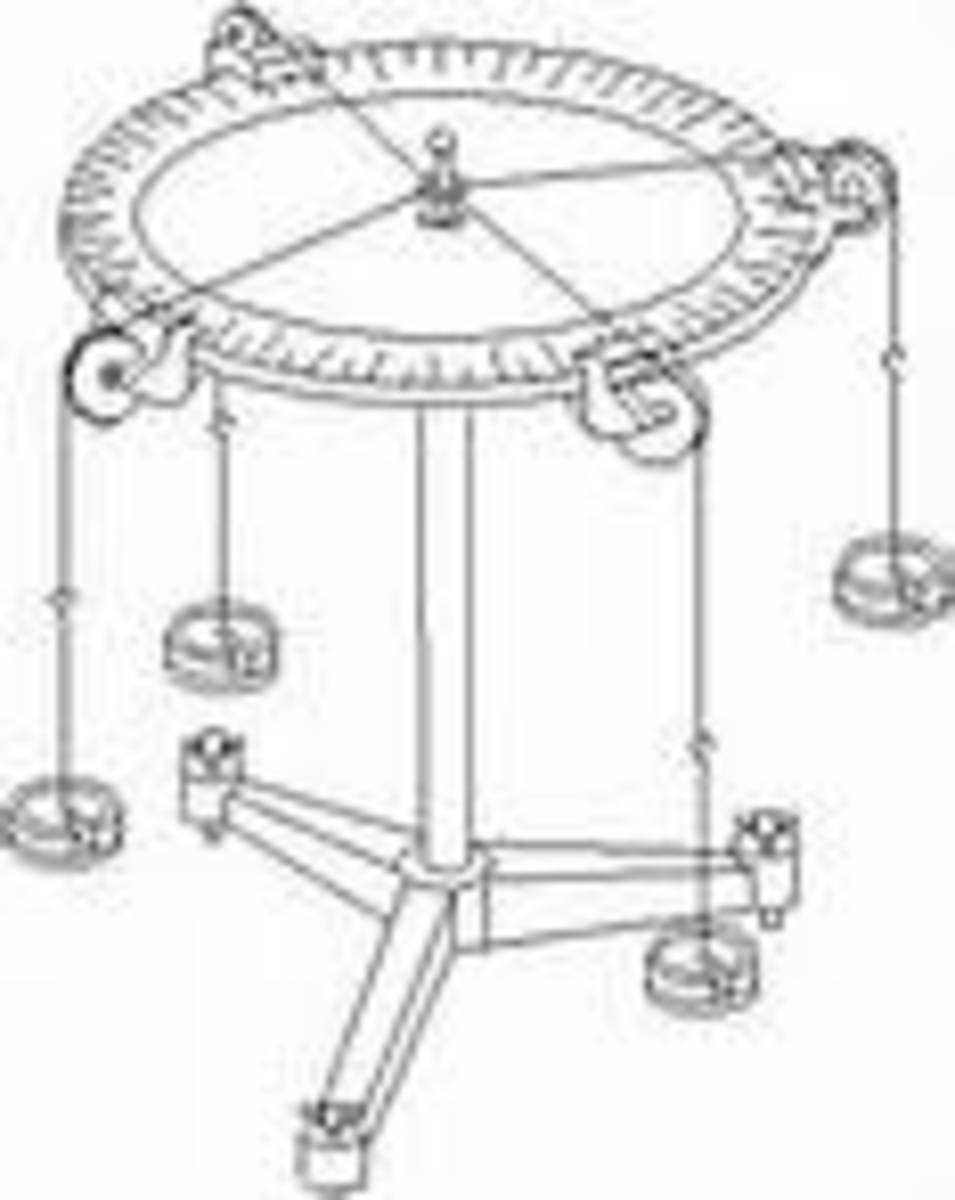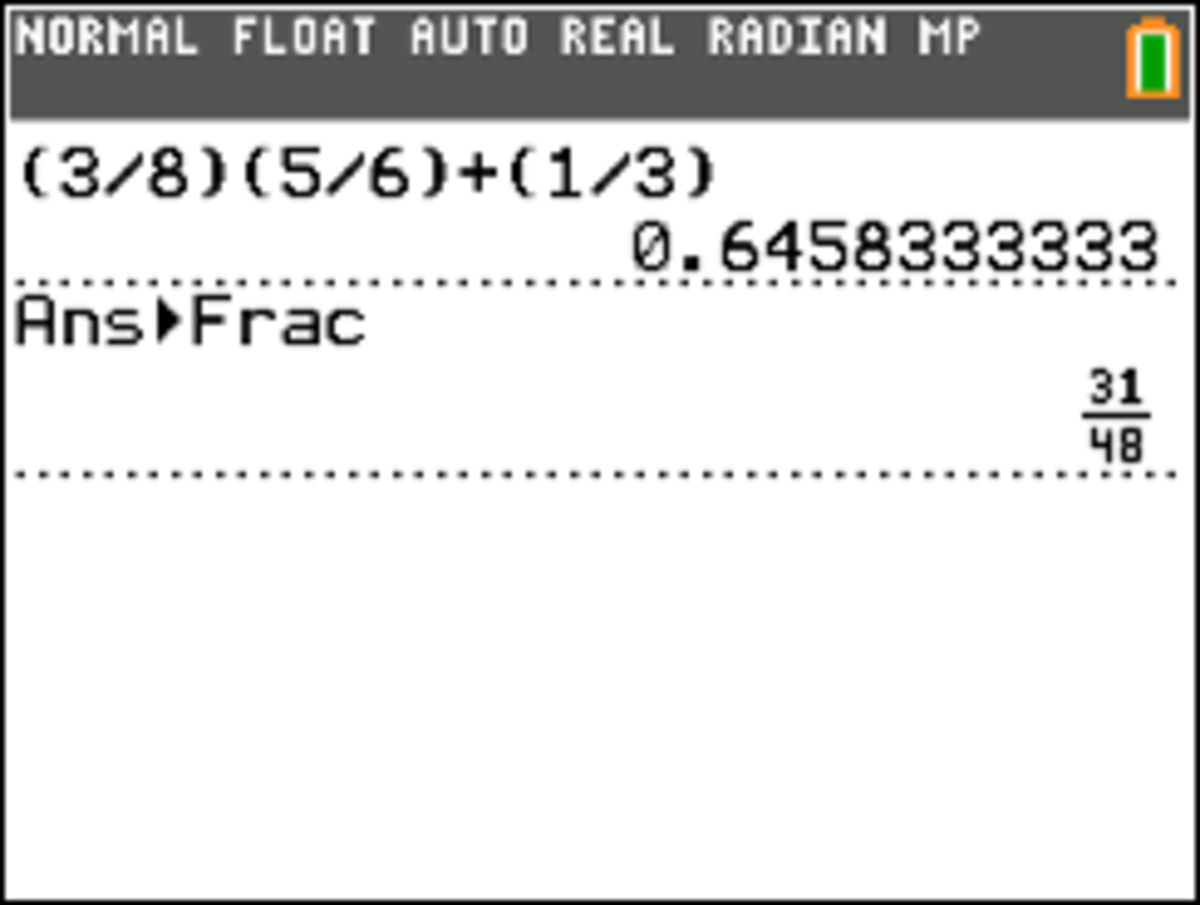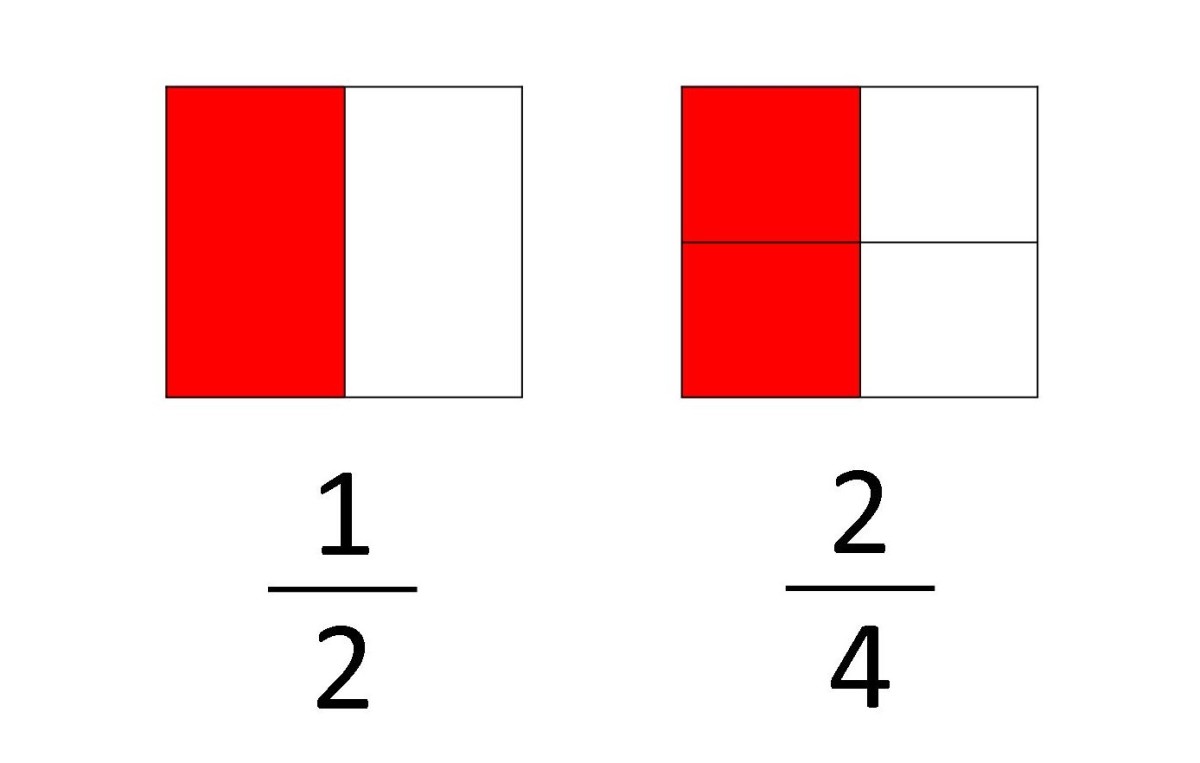Teaching Multiplication and Division using Fact Families
Fact Families aren't just for addition and subtraction anymore.
Elementary school teachers have been teaching addition and subtraction as fact families for years. When my daughter was in fifth grade I was helping a friend with home schooling her two children. Her daughter was also in the fifth grade and I worked with her on her math. At parent teacher conferences that year I met the fifth grade math teacher. He told me that not only was my daughter behind in multiplication and division, but all of his students were behind. I was almost speechless, almost. When I asked him if he had considered that it might be his method and not the students he replied "If you know a better way to teach fifth graders math I'd sure like to hear it." I stood and turned to leave the room remarking that I did know a better way but doubted that he really wanted to hear. On second thought, I turned on my heels stared into his eyes and began to explain the idea of multiplication and division as fact families. Two days later I looked over my daughters shoulder as she worked on her math homework and noticed that not only was it a different textbook but there on the pages in front of us was several examples of multiplication and division problems grouped as fact families.

What in the world is a Fact Family?
A Fact Family is a group of four math problems that express the same "fact". All four contain the same group of three numbers. Notice there are two addition problems and two subtraction problems. When all four of these problems are shown together it becomes easy to see how if you know one "fact" you know the whole family.
How Does It Work?
First, we if we know that 2 x 3 = 6
It follows that 3 x 2 = 6
Next we can translate this into division remembering to use only the same three numbers 3, 2, and 6.
The product, 6 becomes the dividend.
The factors, 3 and 2 become the divisor and the quotient alternately.
Therefore 6 / 2 = 3 and 6 / 3 = 2








